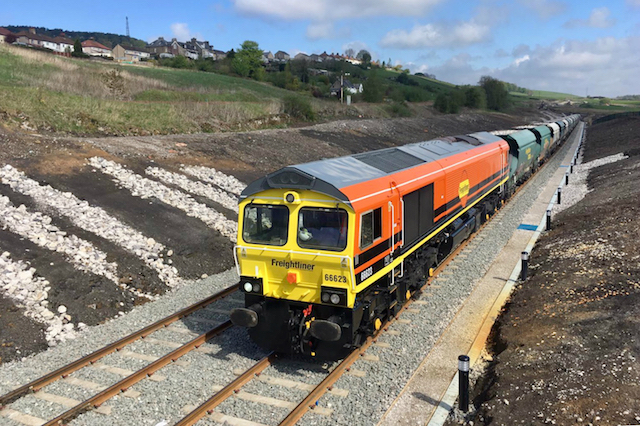
A reformed rail freight sector has plenty of places to look for new traffic and growth. Customers are looking to rail to help with the structural changes in supply chains driven by Brexit, changing trade routes and the ongoing shift to online retail exacerbated by Covid.
Above all, pressure to decarbonise is driving boardroom decisions and low carbon modes, such as rail, are being taken more seriously than ever before. Government has also nailed its colours to the mast, setting out its desire to see modal shift to rail freight, as part of a decarbonised transport system.
The emerging plans for to reform the structure of UK railways, set out by Government last spring, appear to give a strong impetus to delivering growth, although there are many details to be developed. Rail is also being seen as an equal partner in the new DfT Freight Council, which is looking at cross modal challenges and opportunities across all of freight transport.
So the situation is positive, both in the marketplace and in Government, and the industry has everything to play for here. The challenge now is delivering to the potential.
Of course, there is nothing magic about growth. It is the relentless delivery of one more train, then another and another, on a continual basis. Government policy and the actions of Network Rail, soon to be Great British Railways, clearly have an influence, but it is the freight operators, customers, ports and terminals who must deliver the opportunity.
We don’t need to wait for reform to get started. Growth comes from helping our existing customers to do more by train and looking for new customers in existing sectors but most excitingly it will come by opening up those parts of the market where rail has not got a large presence, including high speed parcels and also domestic trunking.
The challenges of delivering growth are all too familiar, in particular the financial risk of starting new services, the need to invest in resources without necessarily having the right commercial commitments, finding the right paths on the network and matching the road price.
Solving these challenges means we have to develop the right commercial partnerships, push back at inefficient paths on the network, and be innovative in how we use our resources, collaborating where necessary.
Growth also gives an opportunity to drive innovation. At a Rail Freight Day with Rail Forum Midlands last year we heard about the opportunities for new innovation to transform and decarbonise freight.
Rail Forum Midlands has led some excellent work engaging SMEs with freight businesses and highlighting opportunities for further collaboration. A number of companies have gone on to win innovation funding to trial prototypes and develop their concepts with freight operators and customers, including a retractable overhead line system for use in terminals, real time information linking road and rail fleets and energy and control systems to help decarbonise older rolling stock.
It is this kind of collaboration between private sector businesses small and large that can really help bring new traffic to rail. I know from my discussions with members that the sector is absolutely ready to rise to this opportunity and make a real change not just to rail freight but to freight and logistics movements across the country. We do not need to wait for rail reform, we need to get on with growth now, and make hay whilst the sun shines.
For further information, visit: www.rfg.org.uk